Member list
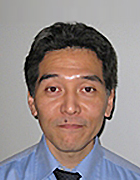
- Akira Amano
-
生命科学部 生命情報学科 教授
ライフサイエンス分野の研究成果である個々の要素機能を組み合わせてより規模の大きな機能要素のシミュレーションモデルを構築することで、組織や臓器の機能がどのように実現されているかを研究しています。
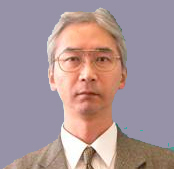
- Akira Ueno
-
理工学部 機械工学科 教授
An automatic identification technique for fracture surface analysis, so-called fractography, which is not dependent on human eyesight have been developed by means of its fractal and/or chaos properties.

- Sadao Kawamura
-
理工学部 ロボティクス学科 教授
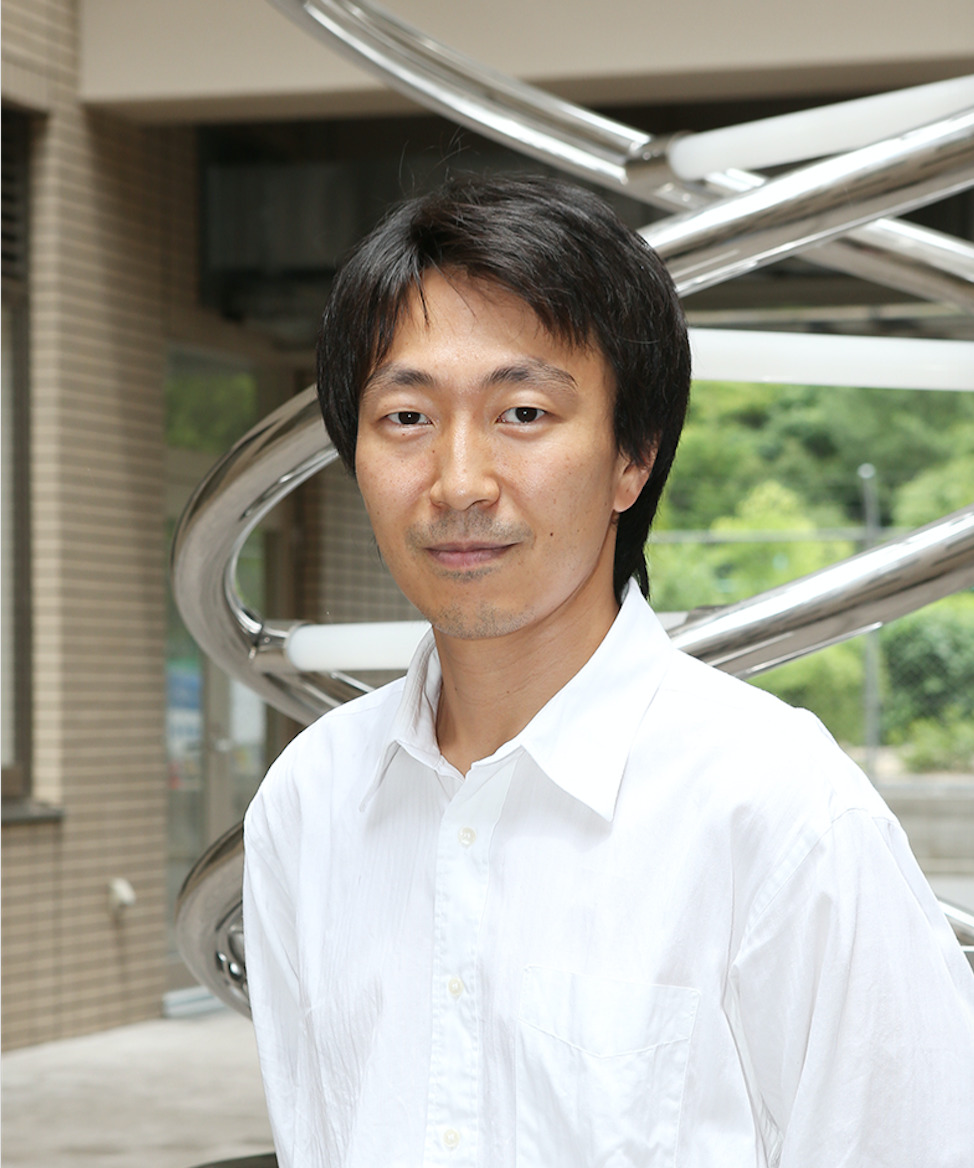
- Teruhisa Kawamura
-
生命科学部 生命医科学科 准教授
To conquer incurable diseases including neural diseases and organ failure, we are investigating stem cell biology and regenerative medicine using reprogramming technologies.
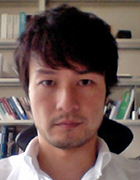
- Katsunori Kitano
-
情報理工学部 知能情報学科 教授
脳機能の柔軟性は、脳神経系の構成要素であるニューロンやシナプスが示す多様な動的特性がもたらすと考えられます。神経系の数理モデルを構築・解析することで、それらの動的特性や脳機能の仕組みそのものの理解を目指しています。
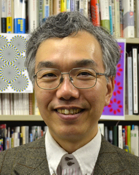
- Akiyoshi Kitaoka
-
文学部 心理学域 教授
錯視研究の第一人者であり、錯視の心理学的な研究とともに、錯視を利用したデザインにも取り組んでいます。多くの錯視画像を考案し、書籍の出版や展覧会を開き、自身のWebサイトでも「北岡明佳の錯視のページ」を公開しています。
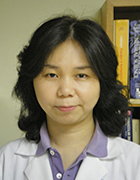
- Chieko Koike
-
薬学部 創薬科学科 准教授
網膜回路が視覚応答にどのように関わっているか、網膜視覚伝達系の中間ニューロンにあたる双極細胞に注目して解析を進めています。視覚応答系の開発・解析だけでなく、組織化学解析や電気生理、分子生物学や生化学の手法を用いて網膜視覚系の解析を神経発生の面からも多角的に行っています。
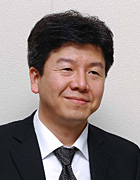
- Hiroyuki Shinoda
-
情報理工学部 知能情報学科 教授
視知覚・認知メカニズムの解明を目指して、心理物理学的手法を用いて人間視覚系の特徴を研究しています。その応用として、人の感覚量に適合した新たな物理指標や尺度を提案し、産業界における人中心のものつくりや設計に役立てています。
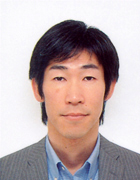
- Kazuhiro Shimonomura
-
理工学部 ロボティクス学科 准教授
ビジョンを中心としたセンシング技術・ロボット知能化技術の研究を行っています。センサデバイスやカメラ、画像処理アルゴリズムの開発、ロボット制御や生体情報計測への応用、また、生体視覚系のモデリングなどのテーマに取り組んでいます。
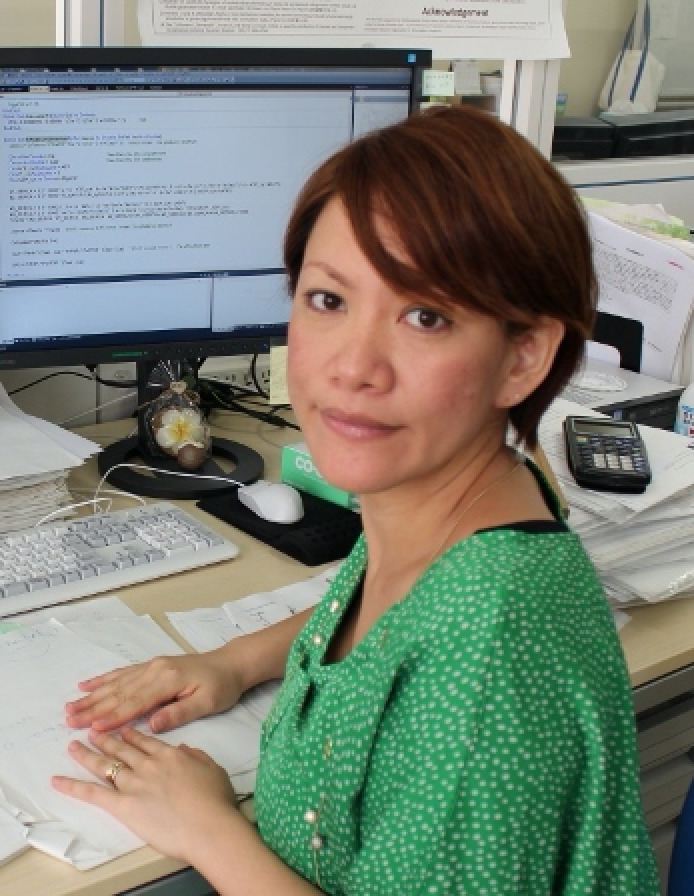
- Yukari Takeda
-
生命科学部 生命情報学科 助教
By making use of computational modeling methods, I aim to understand biological functions at cellular levels. Based on my experiences in physiological experiments, I develop detailed cellular models. Through biosimulation as well as mathematical analyses of the models, I am developing a better understanding of the molecular mechanisms by which cellular function are modulated by neurotransmitters, hormones and nutrients.
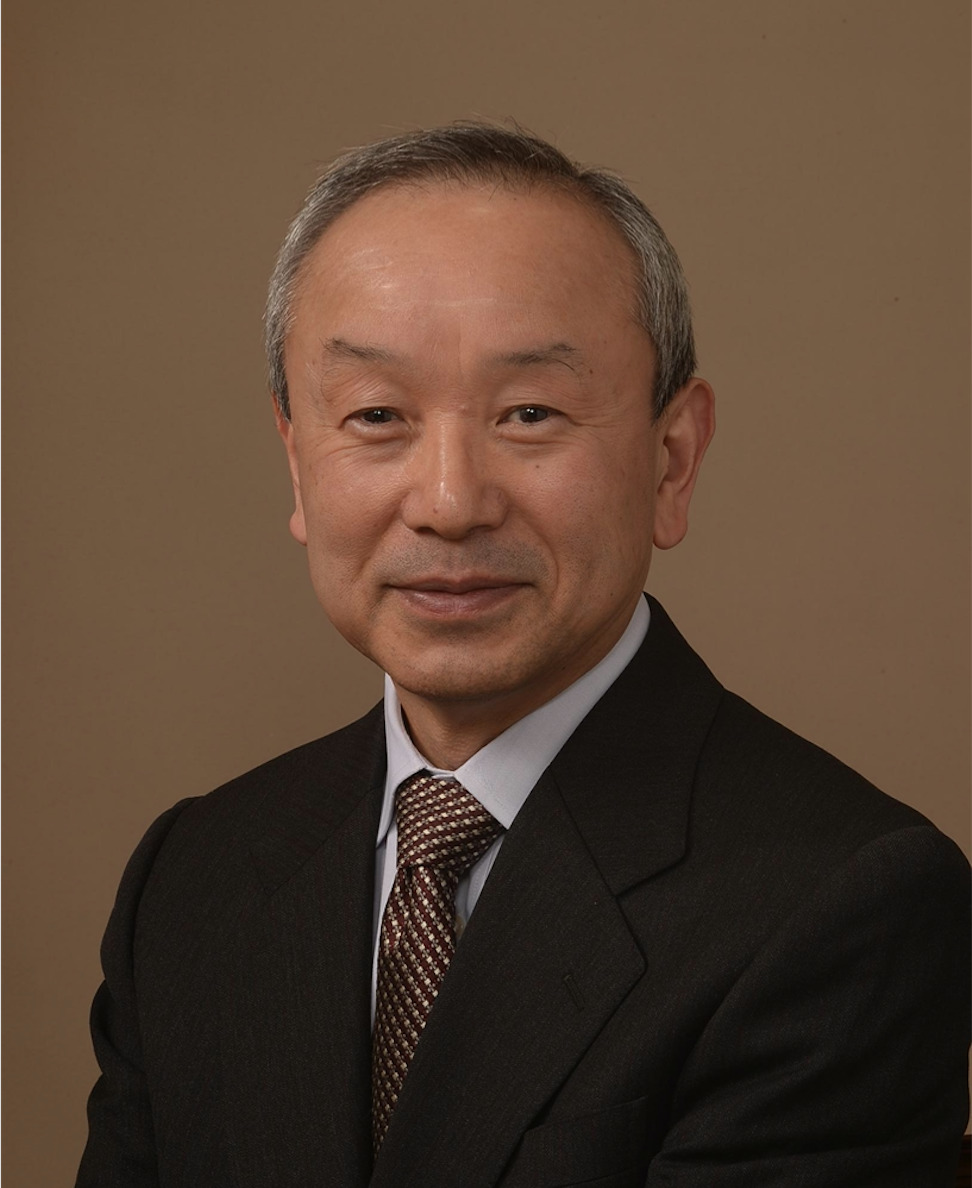
- Masao Tachibana
-
東京大学名誉教授 立命館大学総合科学技術研究機構 教授(特別招聘研究教員)
The image which is projected on the retina is always in global motion by movements of eye, head, and body. Using neuroscientific techniques, we are studying how global motion images are processed in the retina and how the retina sends visual information to the brain.
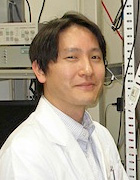
- Yasuhiro Tsubo
-
情報理工学部 知能情報学科 准教授
大脳皮質における情報処理原理を「局所回路」という構造に注目して解明し、新しいコンピュータの仕組みを築きあげることを目指しています。「局所回路」をキーワードに様々なアプローチをとることで、物理、工学、神経科学それぞれに対し新しい視点と世界を見つけられるのではと期待しています。
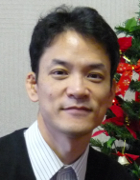
- Isao Tokuda
-
College of Science and Engineering, Department of Mechanical Engineering
A method is introduced to estimate model parameters from spike train data obtained from multi-electrode recording. Difficulties such as a huge mismatch in system complexity between real brain and computational model as well as nonstationarity of the recording data are discussed.
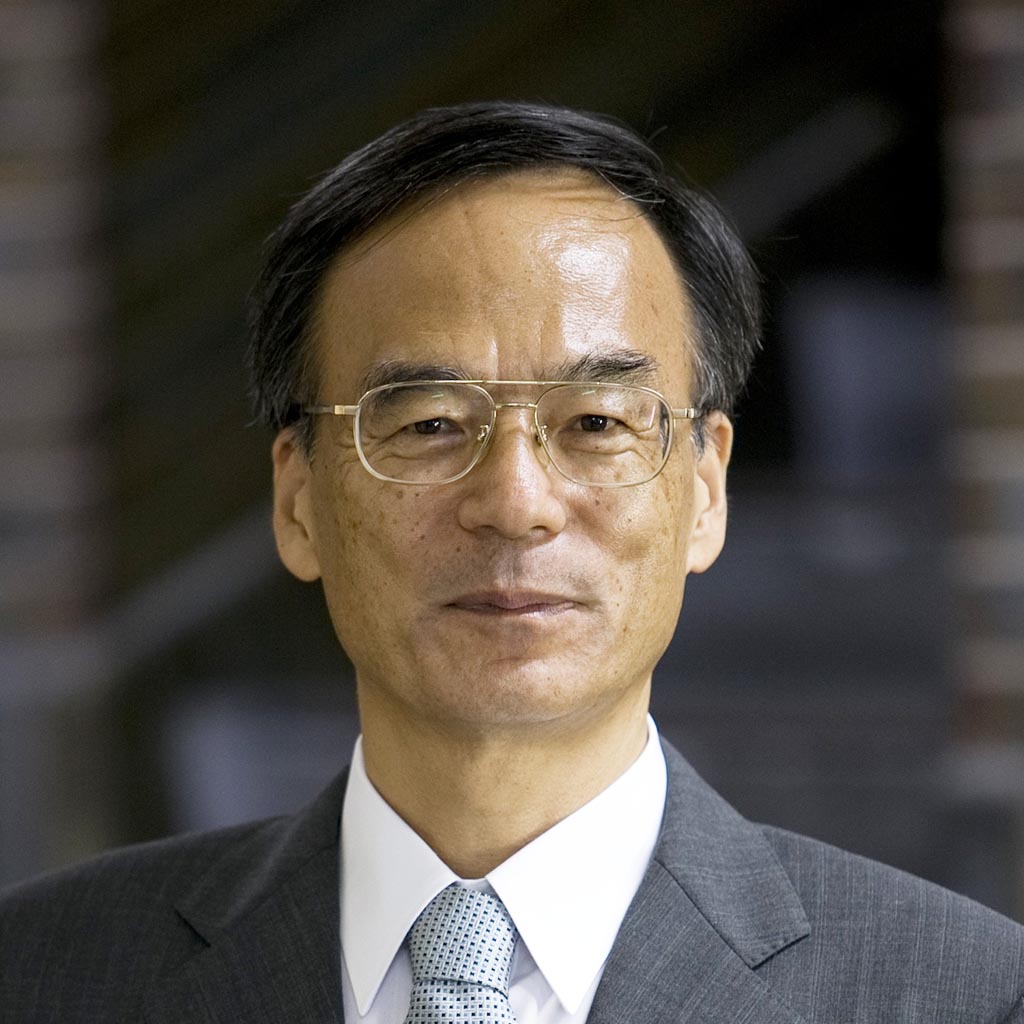
- Masayoshi Mishina
-
東京大学名誉教授 立命館大学総合科学技術研究機構 客員教授
シナプス結合による神経細胞の精緻なネットワークは、知覚、学習、記憶、認知といった脳機能の基盤となっています。脳シナプス形成の分子機構解明を目指しています。
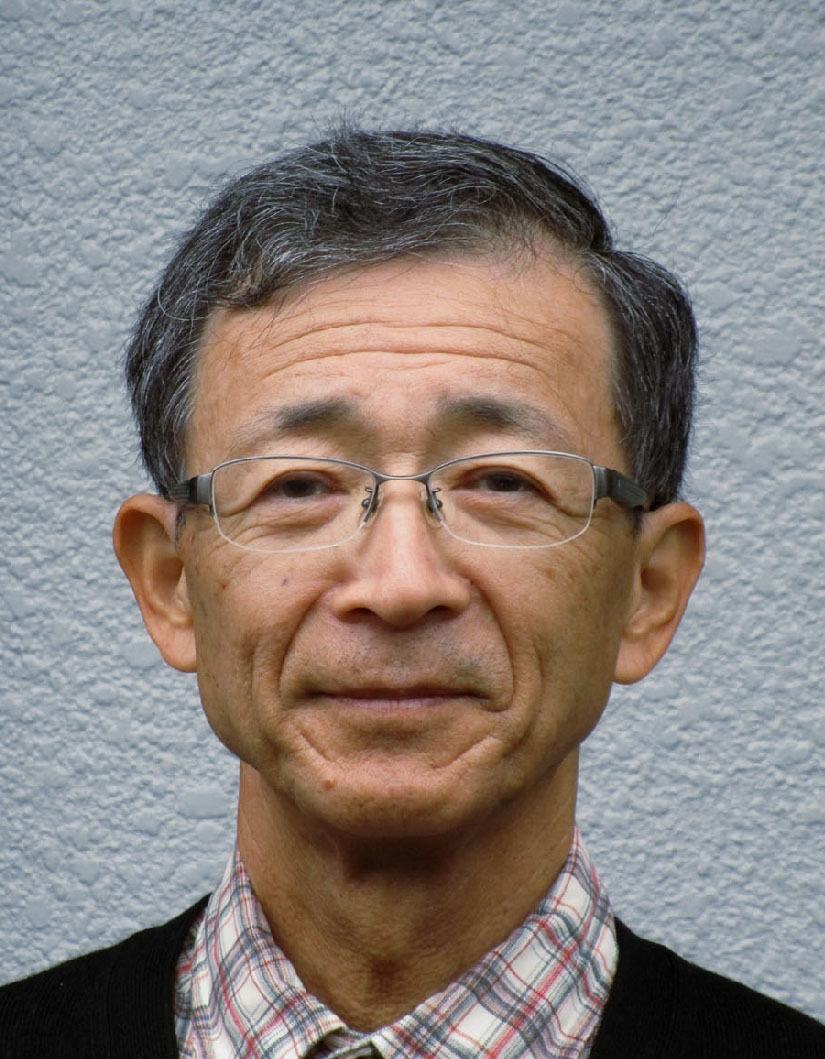
- Satoru Kawamura
-
大阪大学名誉教授 立命館大学総合科学技術研究機構 上席研究員
Both biochemically and electrophysiologically, I studied molecular bases of 1) photoreceptor light adaptation and 2) the differences, especially those in light-sensitivity and time resolution, between rods and cones.
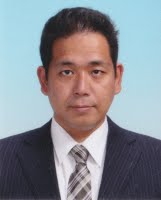
- Yasuhiro Seya
-
愛知淑徳大学 人間情報学部 准教授
My research interests are in visual psychophysics and eye movements. Recent research projects include investigations on visual attention in daily life situations (e.g., driving a car and playing sports), perceptual training, self-motion perception, and interaction between perception and eye movements.
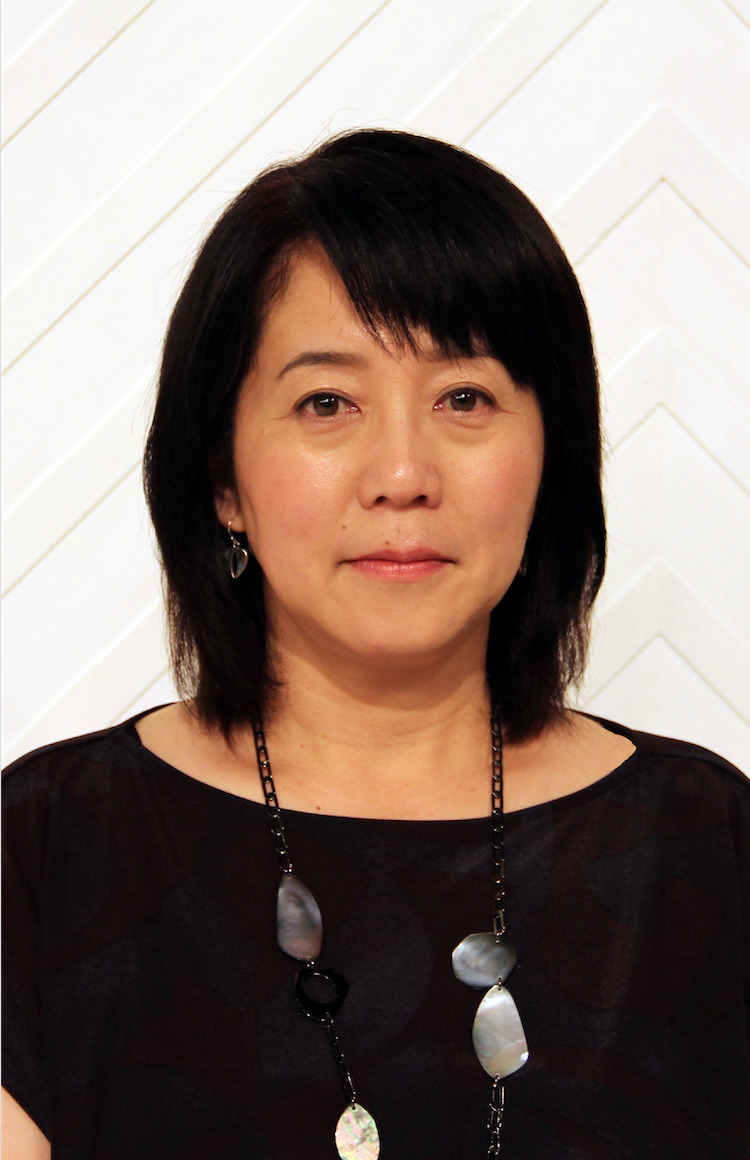
- Masayo Takahashi
-
理化学研究所 多細胞システム形成研究センター
網膜再生医療研究開発プロジェクト プロジェクトリーダー
Recently, it has been shown that new retinal neurons can be generated after being damaged. This has opened up new hope that the ability to regenerate neurons and even to reconstitute the neural network may be retained in the adult retina. We are now exploring the exciting prospect that, by transplanting cells from outside of the retina or by regeneration from intrinsic progenitor cells, it may one day be possible to restore lost function to damaged retinas. Especially, we are trying to applying iPS cells to clinical therapy. Our goal is to study retinal regeneration based on both a strong foundation in basic research and solid clinical evidence.
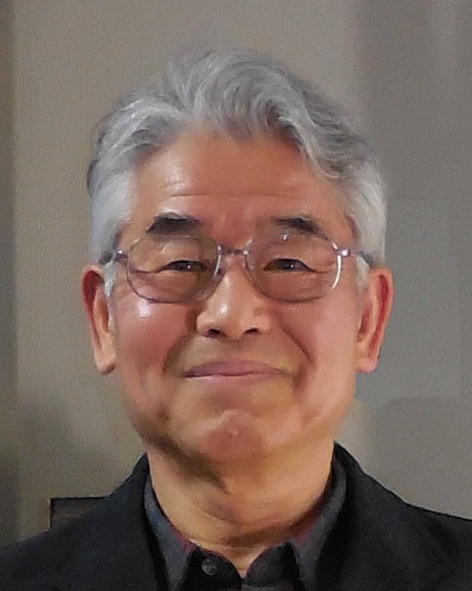
- Yoshihiko Tsukamoto
-
兵庫医科大学名誉教授
霊長類マカクサル網膜の神経細胞型の分類とシナプス結合パターンを連続切片電顕法で三次元的に解析しています。観察によって得られたリアルな神経回路を対象にして、シナプス伝達の発散と集束による視覚信号の初期段階における並列処理を研究しています。
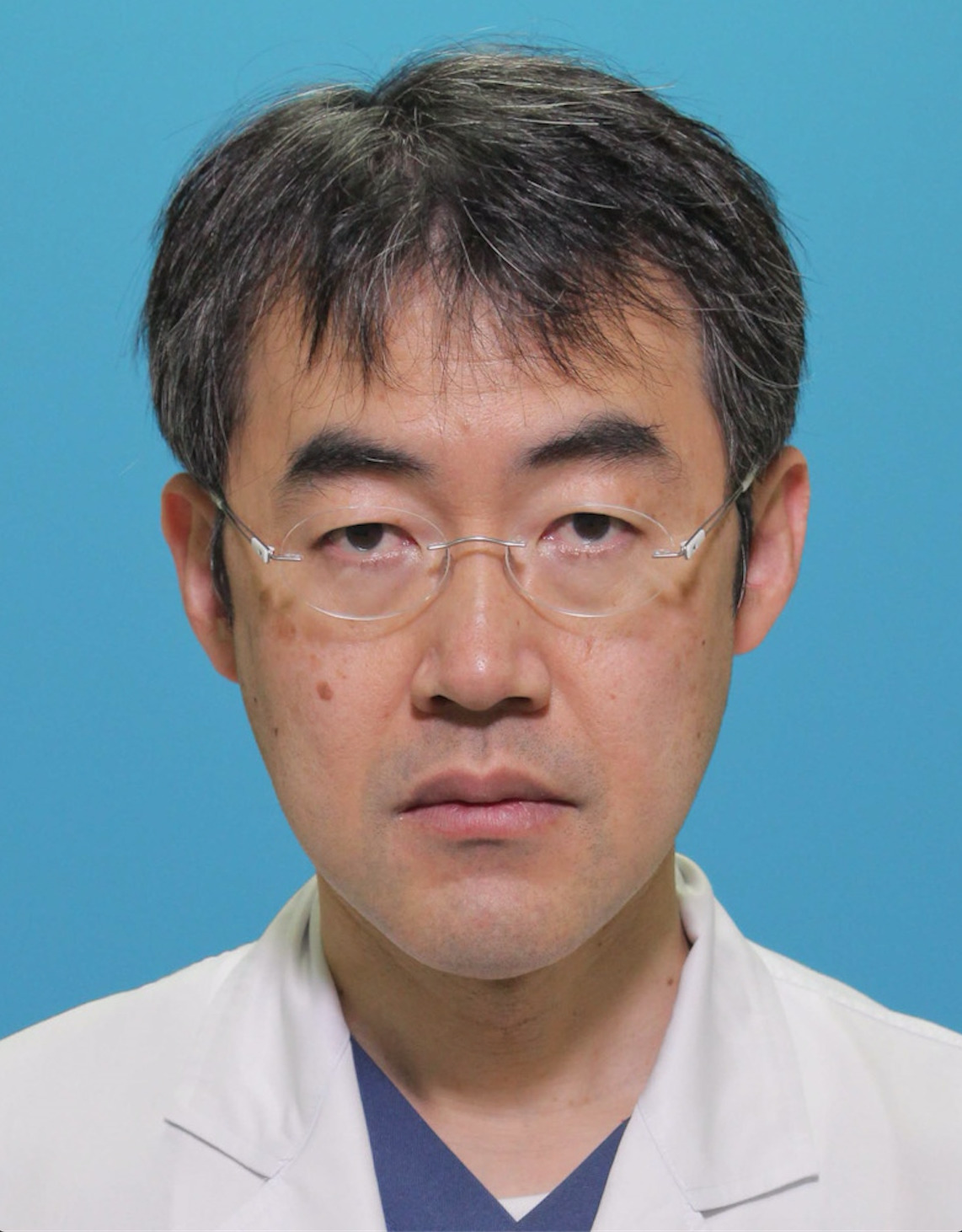
- Akihiro Nishida
-
神戸市立医療センター中央市民病院 眼科 医長
My theme is clinical investigation of retinal diseases such as age related macular degeneration and retinal vein occlusion.

- Steve H. DeVries
-
米国ノースウェスタン大学医学系大学院 チェアー兼教授
Parallel processing of the visual input under daylight conditions begins at the mammalian cone photoreceptor synaptic terminal. At this terminal, a single cone employs 20 transmitter release sites to communicate its signal to 12-13 different types of post-synaptic retinal bipolar cells. We use electrophysiological, super-resolution microscopic, and optogenetic techniques to determine how the 3D structure of the cone synapse helps to create different electrical signals in the different bipolar cell types. These different signals, in turn, form the basis of the excitatory responses of the ~30 types of retinal ganglion cells, which send their axons to the rest of the brain in the optic nerve.






